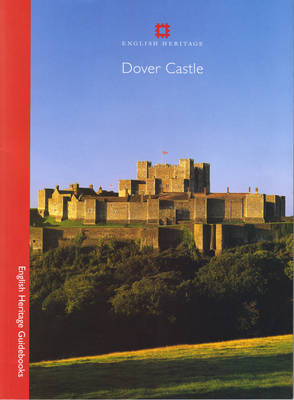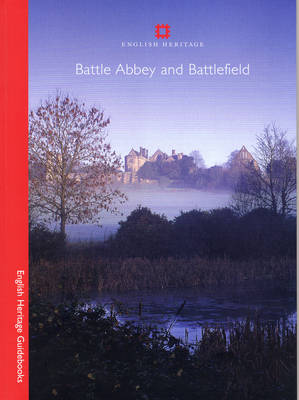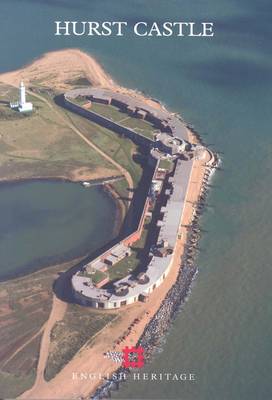English Heritage Guidebooks
5 total works
Calshot Castle was built in 1539-40, on the end of a short shingle spit, to guard the entrance to Southampton Water. It formed part of Henry VIII's chain of coastal defences to counter the threat of invasion by the Catholic powers of Europe. In 1913 the castle became the nucleus of one of the first Royal Naval Air Stations. In 1918 it was renamed RAF Calshot. From 1945 it was a coastguard station until it was handed over to English Heritage.
For over 2,000 years, fortifications on the Dover cliffs have protected this stretch of English coast closest to the continent of Europe. The castle has seen active service from 1066 to the Cold War, and its defences have grown to meet the changing demands of weapons and warfare. This newly updated and expanded guide contains plans, maps, eyewitness accounts and historic photographs of this famous and iconic fortress that dominates the White Cliffs and the Straits of Dover.
The Battle of Hastings, 14 October 1066, was the most famous battle fought on English soil, and its consequences are still felt after nearly 1,000 years. William the Conqueror built Battle Abbey on the exact place where King Harold died, and it thrived as a Benedictine abbey for over 400 years. This guide includes a tour of the battlefield and the imposing abbey buildings, and a history of the site, illustrated with full-colour maps, reconstruction drawings and historical images.
Battle of Hastings and the Story of Battle Abbey
by Jonathan Coad and Andrew Boxer
Published 25 January 1999
Hurst Castle, low and menacing on its shingle spit, is the most powerful of the defences built to guard the western entrance to the Solent. The castle was garrisoned in the First and Second World Wars. Visitors today can see the Tudor castle (where there is an exhibition on the defences of the area) and parts of the Victorian wings.




